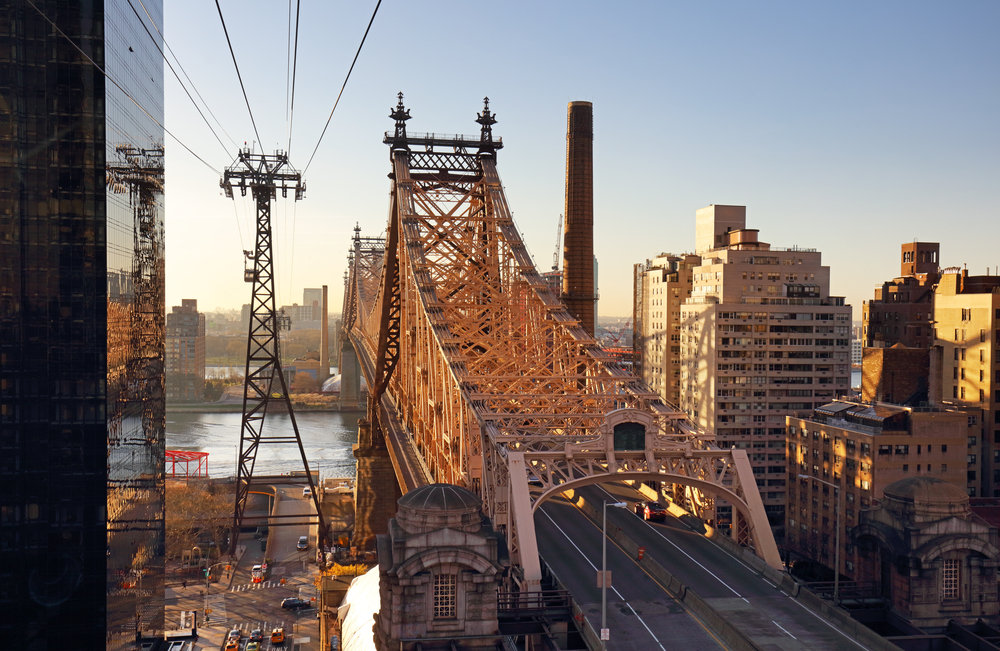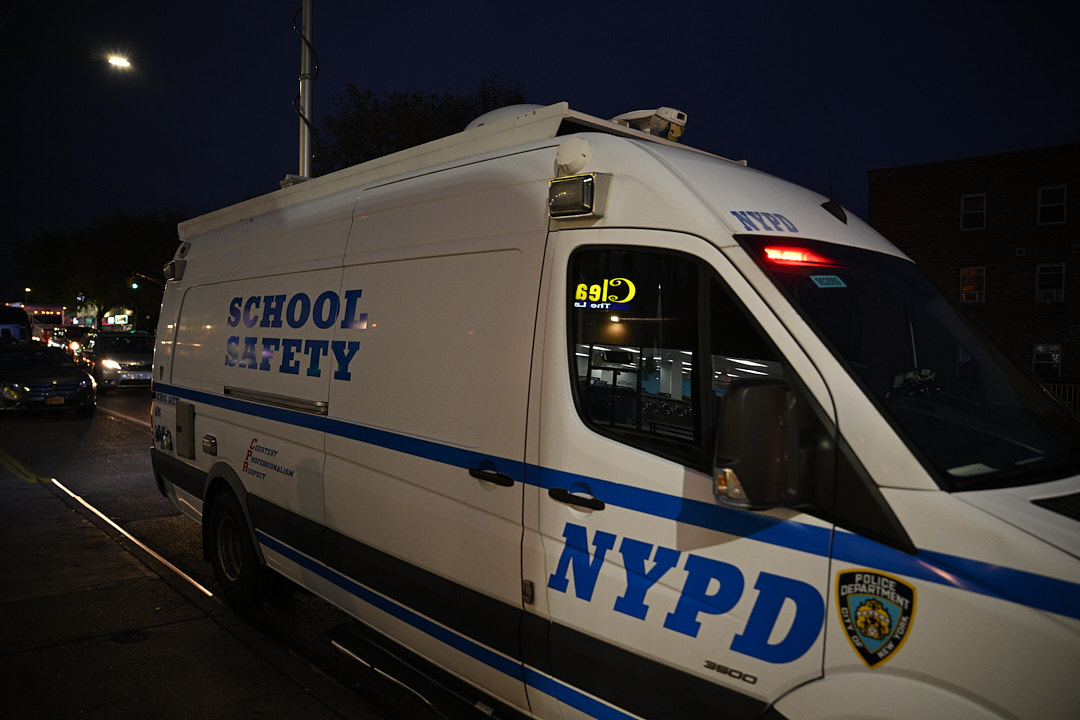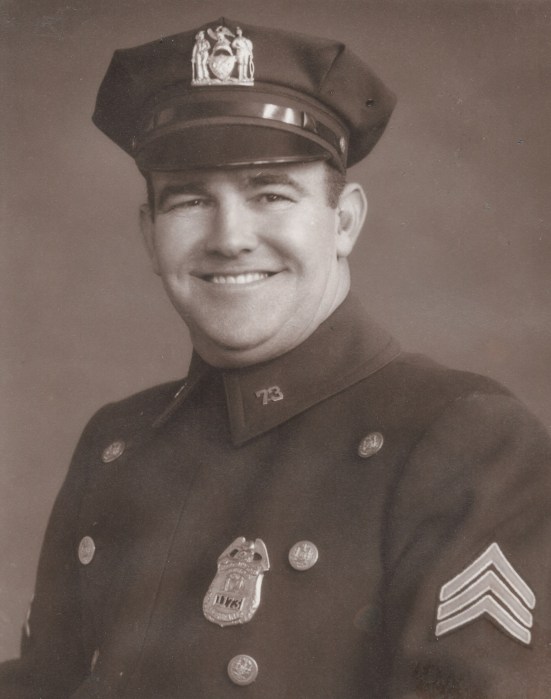If you voted in New York’s Democratic primary on Tuesday, you may be confused about the list of delegates you were asked to vote for.
On every ballot in the state primary, Democrats chose between Bernie Sanders and Hillary Clinton, but they also had the option to choose a certain number of delegates who have either pledged to Sanders or Clinton, or are uncommitted. The Republicans did not have delegates on their ballots.
If you’re wondering who those people are and what that all means, scroll down for some answers.
How does someone become a delegate for a Democratic candidate?
Anyone can submit a petition to be a delegate. According to the the New York State Democratic Party, each petition must receive at least 5,000 signatures of enrolled Democrats who are residents of the state. Signatures could be collected after Dec. 29, 2015, and petitions had to have been filed between Feb. 1 and 4, 2016.
The petitions must then be approved by each candidate. Additionally, there is a requirement for each district that there be an even number of women delegates and men delegates.
If the candidate has been approved by a candidate, he or she will be listed on the primary ballot.
How many Democratic delegates represent each New York district?
There will be 291 New York delegates at the Democratic National Convention, but only 163 of those are elected during the primary. Those 163 are divided among the 27 congressional districts in New York. Each district will elect five to seven delegates.
The other 128 delegates are either superdelegates, at-large delegates or PLEOs, party leaders or elected officials who will be elected to be delegates at the state convention.
The 44 superdelegates in New York are the members of the Democratic National Committee from New York, the state’s Democratic members of Congress, Gov. Andrew M. Cuomo and distinguished party leaders.
The Democratic National Committee decides how many delegates are allocated to each state based on how many electoral votes a state has and how the state has voted in the past, among other factors. PLEO and superdelegates are allocated to the state in which they reside.
Why is there an uneven number of delegates pledged to each candidate?
The number of delegates pledged to each candidate on the ballot depends on how many delegates the campaign approved, according to the New York Board of Elections.
How are Democratic delegates awarded in New York?
The Democratic primary in New York awards congressional-district delegates using a complicated formula. In most districts, if a candidate gets 58.4 percent of the vote in a district, he or she gets four delegates. If the candidate gets between 41.7 percent and 58.3 percent, he or she will get three delegates. The at-large delegates and PLEOs are allocated to candidates based on the statewide vote.
What if I didn’t vote for the number of delegates the ballot said to?
If you skipped this section, it’s OK. Voters can vote for zero, one or any number up to the number of delegates stated on the ballot, according to the New York Board of Elections.

































